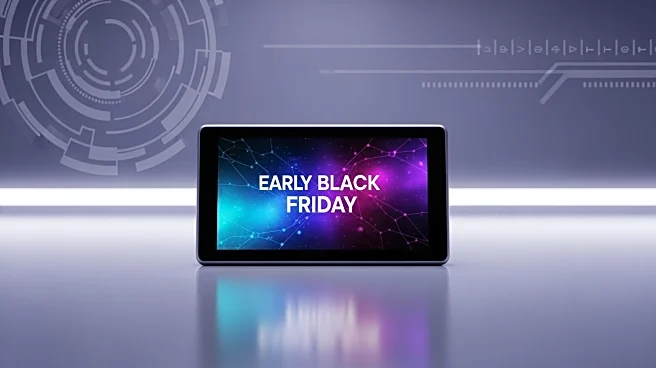What's Happening?
As the holiday shopping season kicks off with events like Singles’ Day, Black Friday, and Cyber Monday, the phenomenon of shopping addiction is gaining attention. Experts, including Michal Shechter, a social
worker and director at Meuhedet Health Services, describe this addiction as a real issue, often driven by emotional needs and exacerbated by marketing tactics. The condition, known as Compulsive Buying Disorder (CBD), is characterized by impulse control issues and is not yet officially recognized in the DSM. Retailers use emotional marketing strategies to exploit consumers' fear of missing out and insecurities, leading to compulsive shopping behaviors.
Why It's Important?
The rise of shopping addiction has significant implications for individuals and society. It affects personal finances, relationships, and mental health, often leading to guilt and shame. The addiction cycle involves emotional triggers, cravings, and temporary relief from purchases, followed by regret. This cycle can result in severe financial strain and interpersonal conflicts. Understanding and addressing shopping addiction is crucial for mental health professionals and policymakers, as it impacts consumer behavior and economic stability. The trend also highlights the need for increased awareness and potential regulatory measures on marketing practices.
What's Next?
Addressing shopping addiction requires a multifaceted approach, including awareness, therapy, and possibly medication. Cognitive Behavioral Therapy (CBT) and motivational therapy are recommended to help individuals manage triggers and find personal reasons to change their behavior. As awareness grows, there may be increased demand for mental health services and support groups. Retailers might face pressure to adopt more ethical marketing practices. Future research could lead to the inclusion of Compulsive Buying Disorder in official diagnostic manuals, providing a framework for treatment and insurance coverage.











